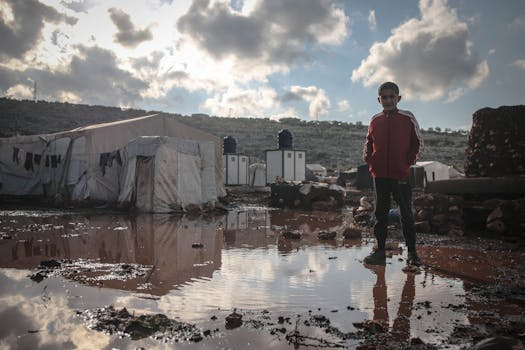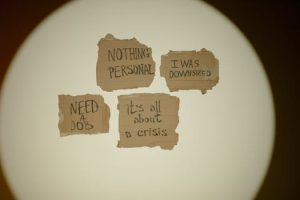Refugee Education Tech: Bridging Gaps in Displacement Crises
Refugees face numerous challenges when it comes to education. Displacement crises often result in interrupted schooling, limited access to educational resources, and barriers to enrollment. As a result, refugee children and youth are often denied the opportunity to access quality education. However, with the advancement of technology, there is hope for bridging the gaps in displacement crises and providing education for refugees. In this article, we will explore the role of refugee education tech in addressing the challenges faced by displaced communities and how it is creating opportunities for quality education for refugees.
The Importance of Education for Refugees
Education is not only a fundamental human right, but it also plays a crucial role in the integration and well-being of refugees. Access to education can provide a sense of normalcy and stability for children and youth who have experienced disruption and trauma due to displacement. Moreover, education can also equip refugees with the skills and knowledge necessary for rebuilding their lives and contributing to their host communities.
However, the reality is that less than half of refugee children have access to primary education, and only a quarter of refugee adolescents have access to secondary education. This is due to various reasons, including limited resources, language barriers, and discrimination. As a result, there is a need for innovative solutions to bridge the gap and ensure that education is not denied to these vulnerable populations.
The Challenges of Providing Education in Displacement Crises
Disrupted Schooling
Displacement often results in the disruption of schooling for refugee children and youth. When fleeing their homes, refugees are forced to leave behind their schools and educational resources, making it difficult to continue their education in their host countries. Moreover, displacement often leads to long periods of uncertainty and instability, resulting in prolonged gaps in schooling and lost learning opportunities.
Language Barriers
Language barriers also pose a significant challenge for refugee education. Most refugees are forced to flee to neighboring countries that may have different official languages, making it difficult for them to access education in their preferred language. This not only affects the learning process but also impacts a refugee’s ability to communicate and integrate into their new communities.
Barriers to Enrollment
Many refugee children and youth face barriers to enrolling in schools, such as lack of documentation, financial constraints, and discrimination. Without proper identification documents, refugees may be denied access to education, further limiting their opportunities for learning and integration. Additionally, financial constraints can prevent families from sending their children to school, especially in low-income countries with limited resources for refugees. Discrimination and xenophobia can also make it challenging for refugees to enroll in schools, leading to further exclusion and marginalization.
How Refugee Education Tech is Bridging the Gaps
Refugee education tech, or EdTech, refers to the use of technology to improve and enhance the delivery of education to refugees. With the increasing availability and affordability of technology, EdTech has emerged as a promising solution to address the challenges faced by refugee education. Here are a few ways in which EdTech is bridging the gaps in displacement crises:
Access to Quality Learning Materials
EdTech enables the creation and dissemination of digital educational resources, providing access to quality learning materials for refugee children and youth. With the use of smartphones, tablets, and laptops, refugees can access a wide range of educational materials, including textbooks, videos, and interactive learning modules.
Language Learning Applications
To address the language barriers faced by refugees, EdTech offers various language learning applications. These apps provide interactive and fun ways to learn a new language, making it easier for refugees to communicate and integrate into their new communities. Some apps also offer translation services, ensuring that refugees have access to information in their preferred language.
Virtual Learning Platforms
In areas where schools are inaccessible, virtual learning platforms can provide an alternative for refugees to continue their education. These platforms offer online courses and virtual classrooms, creating opportunities for learning even in the midst of displacement and crises. Moreover, these platforms also allow for distance learning, reaching refugees in remote areas and those unable to attend physical schools.
In Conclusion
Education is crucial for the well-being and future of refugees. EdTech has emerged as a powerful tool in bridging the gaps in displacement crises and providing access to quality education for refugees. With its innovative solutions, EdTech is paving the way for a brighter future for refugee children and youth, allowing them to rebuild their lives and contribute to their communities. As technology continues to advance, it is essential to continue investing in EdTech and supporting its integration into refugee education. Together, we can ensure that no refugee child is denied the opportunity for education due to displacement.







